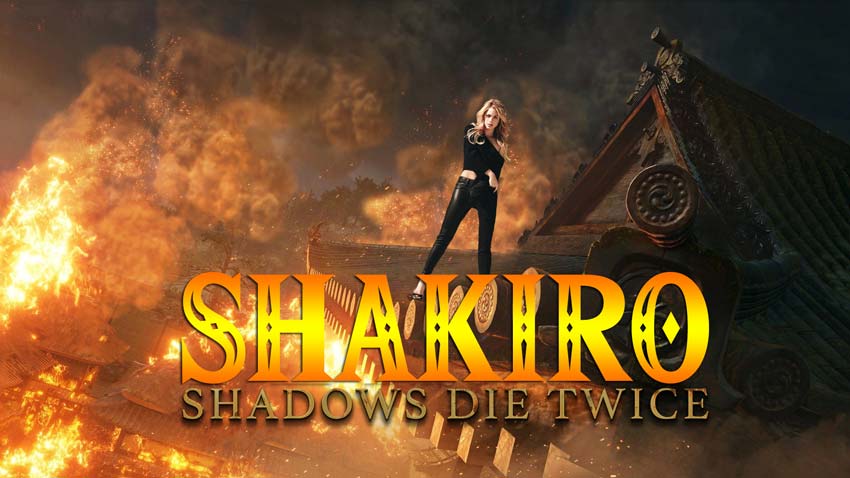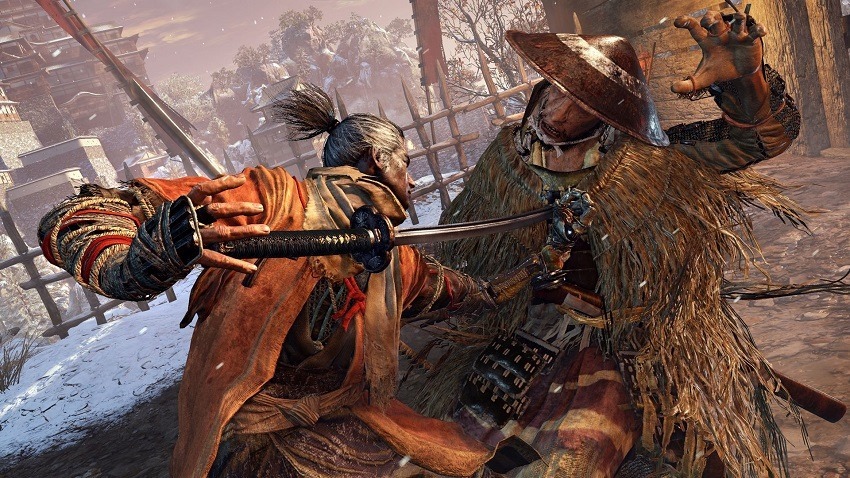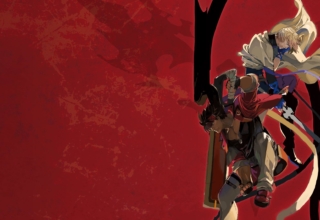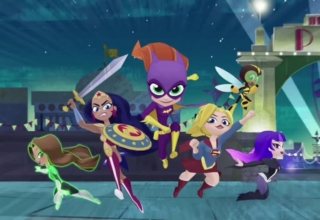
Inch by inch, death by death, progression felt like a path to power that players had to truly earn in From Software’s Dark Souls series. It was well worth it though, as trekking back to locations that you had suffered to survive through many hours before, provided players with a satisfying walk in the park once they’d earned new skills and powers. Take that, you bastard skeletons.
So how does this idea evolve in Sekiro: Shadows Die Twice? In a more
According to Game Informer, however, there’s a catch: To start your journey along a certain skill tree, you need to find it first and then invest your hard-earned points in Sculptor’s Idols. Some of the trees shown off for

Combat arts allow for character class specific special attacks, while various other passive buffs and techniques will also cater towards your particular style of play. Basically, you can use the Samurai Skill tree to focus on balanced offense and defense, the ninja skill tree to be a sneaky backstabbing bugger and the prosthetic arm skill tree to give you more variety in your attack options.
According to From Software, this trio of options may not have the sheer variety that Dark Souls did, but each focus does allow for deeper and more meaningful progression within Sekiro. “This is actually using Miyazaki-san’s own words – You could think of the previous Souls games as more expanding laterally, and adding breadth to these various options and builds,” manager of marketing and communications at From Software Yasuhiro Kitao said to GI.
While you are a fixed shinobi protagonist, you do feel like there’s a sense of progression, there’s a sense of building your own character and finding your own playstyle, and experimenting with this throughout the game.
I’m liking what I’m seeing so far. Sekiro: Shadows Die Twice fixes my
Last Updated: January 9, 2019





















